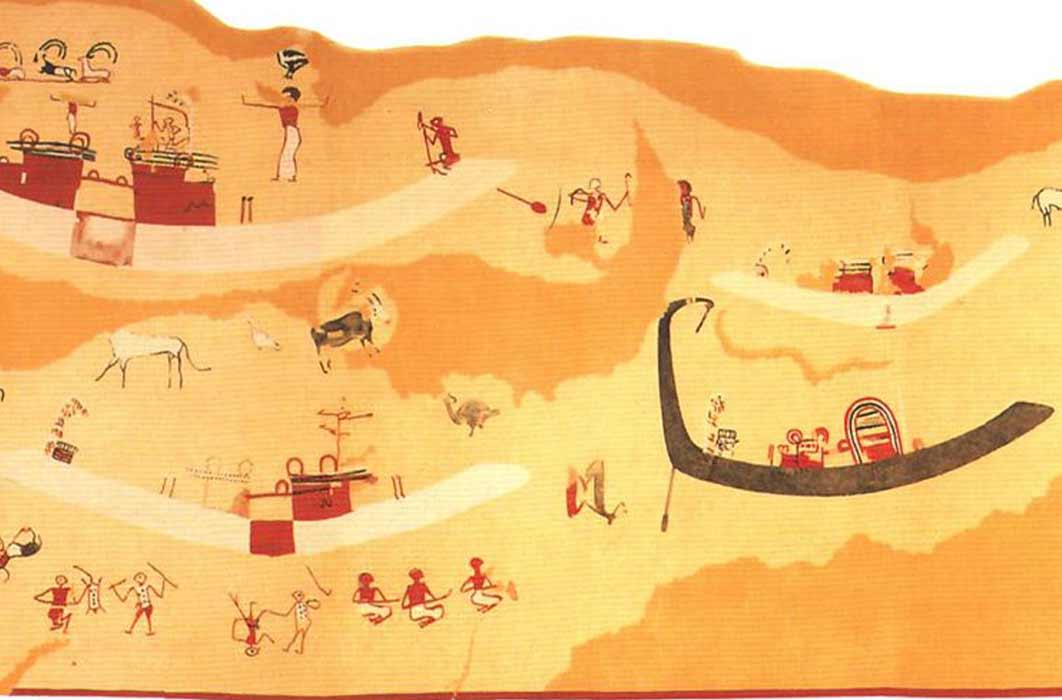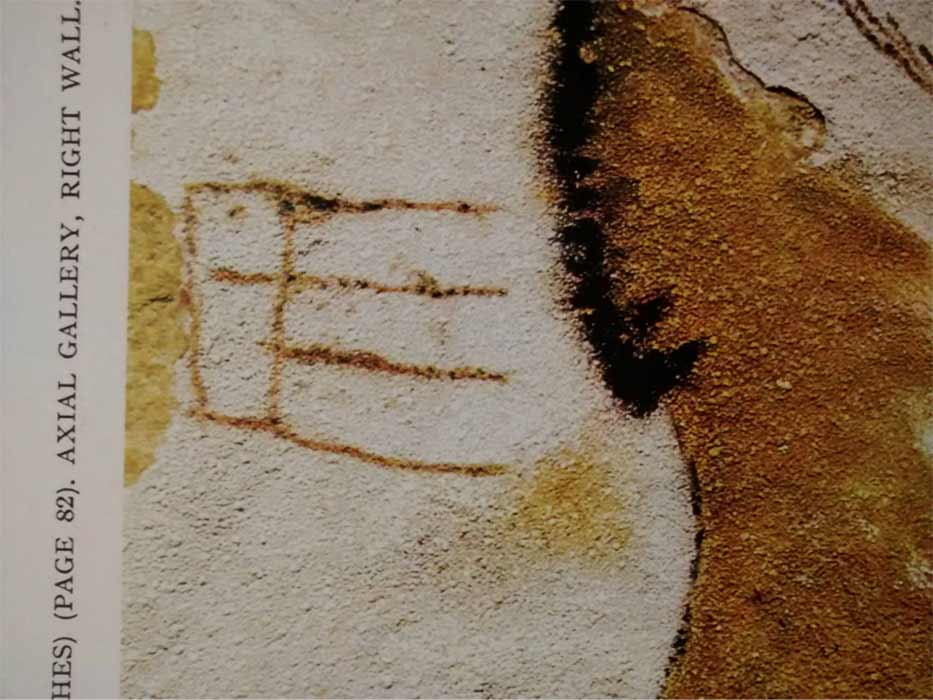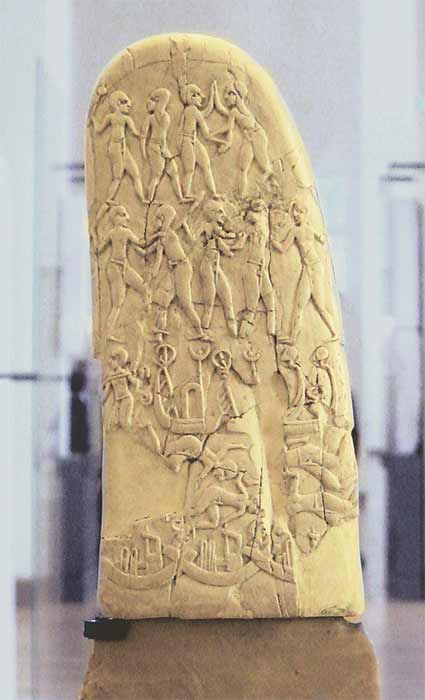
Primaeval Temples Of Egypt: Hidden Gods In The Sand
Temples have always fascinated people. Although their structure, design and meaning, are sometimes taken for granted, they seem to be magical religion made manifest. It seems to be one of mankind’s earliest instincts, this construction of a special building, or enclosure for divine encounter. Right back in the mists of time, some of the cave paintings in Lascaux show a glyph that could well be a ritual structure of some kind, it is not an animal, human or otherwise, perhaps it is some enclosure for livestock. There is a theory that it is a four-square ritual space, a sacred building that myth suggests is one of the very first actions mankind’s ancestors undertook after emerging from the oceanic waters of subconsciousness.

Lascaux Caves- depiction of a gateway or maybe a tent (Public Domain)
In The Beginning In Egypt
“Your life will be millions of years long and this land will return to the state of Nun, to the floods which were there at the beginning. I shall destroy everything I have created,” reads an ominous Book Of The Dead spell number 175. Naturally, every Egyptian temple had an account of its own creation, some longer and more detailed than others. Such accounts were likely displayed in a logical or prominent place. These narratives were often also accounts of the creation of the world, or rather the recreation of the world, after some ancient cataclysm, such as the famous flood or following an epic battle at the beginning of the current timeline.

Possible illustration of the conflict between Abydos and Nekhen (Hierakonpolis), on the Gebel el-Arak Knife, Louvre Museum (3300–3200 BC) (CC BY-SA 2.0)
The famous Book of Beginnings more commonly known in English as the Biblical book Genesis likely contains a similar foundation account, arguably also from Egypt. As a foundation account, one finds it where logic predicts one to find such things, in the foundation level of the temple, as a long building text, inscribed in stone. All versions seem to come from a great manuscript that was no doubt deposited in every temple library or as some call it ‘Hall of Record’ or more properly, and appropriately, the ‘House of Life’.
No complete copy of this ancient book, thousands of years old, has survived, but its existence and contents can be reconstructed from these extracts preserved on Egypt’s many surviving temples. The name of this book was the Sacred Book of the Temples, now lost. Some of the longest extracts were chosen by the priests or scribes who designed the temple of Horus at Edfu. This is one of the best preserved of all temples in Egypt, which is not so surprising when one considers it is also one of its newest.

Front facade of Temple of Horus at Edfu (Image: ©Mandrake.uk.net)




